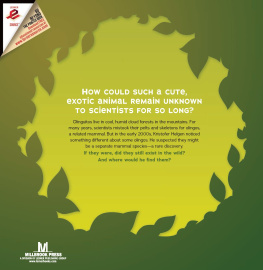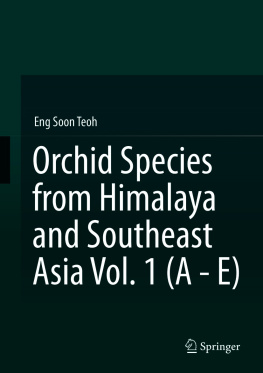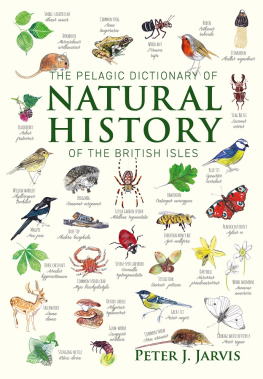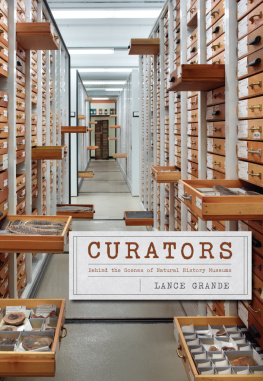The Caddisfly Family Phryganeidae (Trichoptera)
The goal of much of the scientific work in natural history museums is to explore and document the biological diversity of the planet. This book is an outstanding example of the museum tradition, offering the results of global research on the biosystematics of one of the families of case-making caddisflies, the Phryganeidae. Throughout his career as a museum curator, Glenn Wiggins has studied and written extensively on caddisflies of the aquatic insect order Trichoptera.
Information acquired from field work and museum collections, and from the biological literature is synthesized into a taxonomic monograph. The Phryganeidae are the largest of all the caddisflies, but existing literature has led to problems in species identification, especially in Asia; nine species names were found to be synonyms of others, an unusually high proportion of 10 per cent of the described species. Fifteen genera comprising seventy-four species are recognized here, including three that are new to science. Generic keys are provided for adults, larvae, and pupae; keys to species are given for adults. Morphological structures used in the keys are fully illustrated in 246 line drawings and half-tone plates. Distribution maps are provided for most of the North American species.
Hypotheses are inferred for the phylogeny of the genera, and for the species in each genus; the fossil history of the Phryganeidae is reviewed. From this base, the biogeography of the family is interpreted. Of evolutionary interest is an extraordinary relationship between larval case-making and pupation behaviour and the degradation of functional pupal mandibles. Contrasting colour patterns of the wings in some species of the Phryganeidae are interpreted for the first time in the Trichoptera as part of a protective warning system to deter predators. Variation in genitalic morphology far exceeding normal species limits is documented in two species, and the evolutionary implications are considered. Combined with fossil evidence that the Phryganeidae are the oldest of the case-making Trichoptera still extant, several of the atypical morphological and behavioural attributes discussed in this book can be interpreted as plesiomorphic, placing the Phryganeidae in a pivotal position for inferring phylogeny in the Trichoptera. A revised classification embodying much new information is proposed for the family Phryganeidae.
The taxonomy, biology, and evolution of no other family of caddisflies have been treated as extensively.
GLENN B. WIGGINS is Curator Emeritus at the Royal Ontario Museum, Toronto. He is the author of Larvae of the North American Caddisfly Genera, which is now in its second edition.
The Caddisfly Family Phryganeidae (Trichoptera)
Glenn B. Wiggins
Published in association with NRC Research Press,
Canada Institute for Scientific and Technical Information, by
University of Toronto Press Incorporated 1998
Toronto Buffalo London
Printed in Canada
ISBN 0-8020-4241-4
Printed on acid-free paper
Canadian Cataloguing in Publication Data
Wiggins, Glenn B.
The caddisfly family Phryganeidae (Trichoptera)
ISBN 0-8020-4241-4
1. Caddisflies. I. Title. II. Title: Phryganeidae.
QL518.P47W55 1997 595.745 C97-931456-9
Published in association with NRC Research Press in their monograph series.
NRC Monograph Editorial Board
Editor: R.H. Haynes
Board: W.G.E. Caldwell; P.B. Cavers; G. Herzberg; K.U. Ingold; W. Kaufmann;
M. Lecours; W.H. Lewis; L.P. Milligan; G.G.E. Scudder; E.W. Taylor; B.P. Dancik.
University of Toronto Press acknowledges the financial assistance to its publishing program of the Canada Council for the Arts and the Ontario Arts Council.
This volume is dedicated to natural history museums for their work to explore and document the biological diversity of the planet.
Contents
THE CADDISFLY FAMILY PHRYGANEIDAE (TRICHOPTERA)
Abstract
Caddisflies of the family Phryganeidae are mainly confined to the worlds north temperate zone, where most occur at higher latitudes. The larvae construct distinctive portable cases in habitats ranging from cool streams through rivers, lakes, and marshes to acidic bogs, temporary pools, and brackish coastal waters. In this study of the biosystematics of the Phryganeidae, available information on the morphology and behaviour of larvae, pupae, and adults is assembled in a taxonomic monograph, and synthesized into an interpretation of the evolutionary history of the family. Fifteen genera comprising seventy-four species are recognized.
From phylogenetic analysis, the monotypic western North American genus Yphria (Yphriinae) is interpreted as the sole representative of the most primitive phryganeid lineage still extant, and the sister group to all the other genera (Phryganeinae). In the Phryganeinae, Trichostegia is inferred to be a basal genus; the other genera fall into two groups. In the first group, larvae construct spiral cases; in the primitive genera the anterior end of the pupal case is sealed with silken mesh, and pupae have fully sclerotized pupal mandibles. In the second group, larvae construct ring cases; most do not seal the end of the case with silken mesh prior to pupation, and pupae have lost the sclerotized mandibles. This phylogenetic relationship between the case-making and pupation behaviour of larvae and the loss of functional pupal mandibles is unique in the Trichoptera.
Hypotheses are proposed for the biogeography of the genera; and existing knowledge on the extinct species of the Phryganeidae is reviewed.
Generic keys are provided for adults, larvae, and pupae; keys to species are provided for adults. Geographic distribution is summarized for each species, and maps are provided for most of the North American species. Hypotheses of phylogeny are inferred for the species in each genus. A new interpretation is proposed for phyletic relationships and classification of species in Agrypnia; and a phylogenetic basis is proposed in support of generic status for Agrypnetes.
Unprecedented variation in female genitalic morphology is documented in two species: in a series of Hagenella apicalis collected at one site in Hokkaido, and in Agrypnia vestita in North America. The female variants far exceed normal species limits in these genera, but the males are typical and constant in genitalic structure; the evolutionary implications are considered. Highly contrasting colour patterns of the wings in Semblis, Oligostomis, and Eubasilissa are interpreted as aposematic, and protective systems against predators are postulated.
Evidence is provided in support of proposals for nine new subjective synonyms, reducing the number of species recognized in the family by 10 per cent: Agrypnia principalis (Martynov) as a junior synonym of A. colorata Hagen; Agrypnia umbrina (Martynov) as a junior synonym of A. sordida (McLachlan); Agrypnia dextra Ross as a junior synonym of A. glacialis Hagen; Phryganea ochrida Malicky as a junior synonum of P. grandis Linnaeus; Hagenella dentata (Martynov) as a junior synonym of H. apicalis (Matsumura); Semblis chaffanjoni (Navas) as a junior synonym of S. atrata (Gmelin);
Next page








